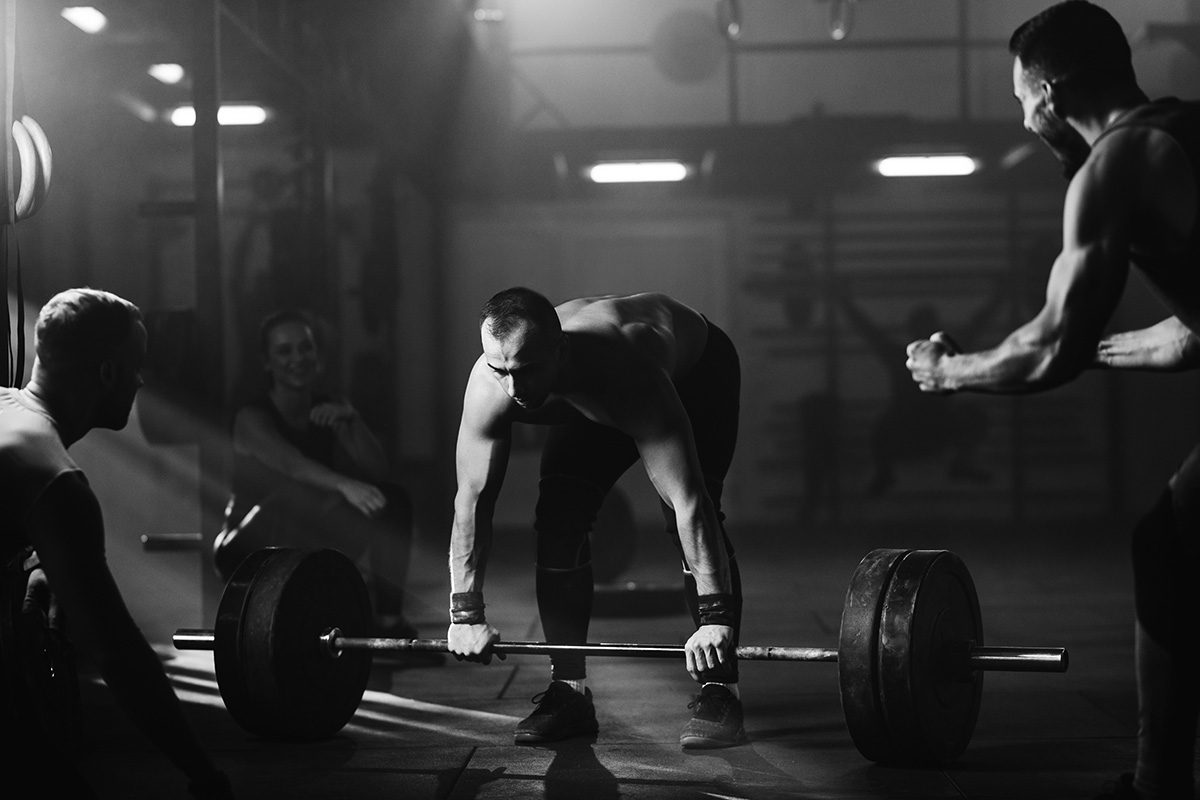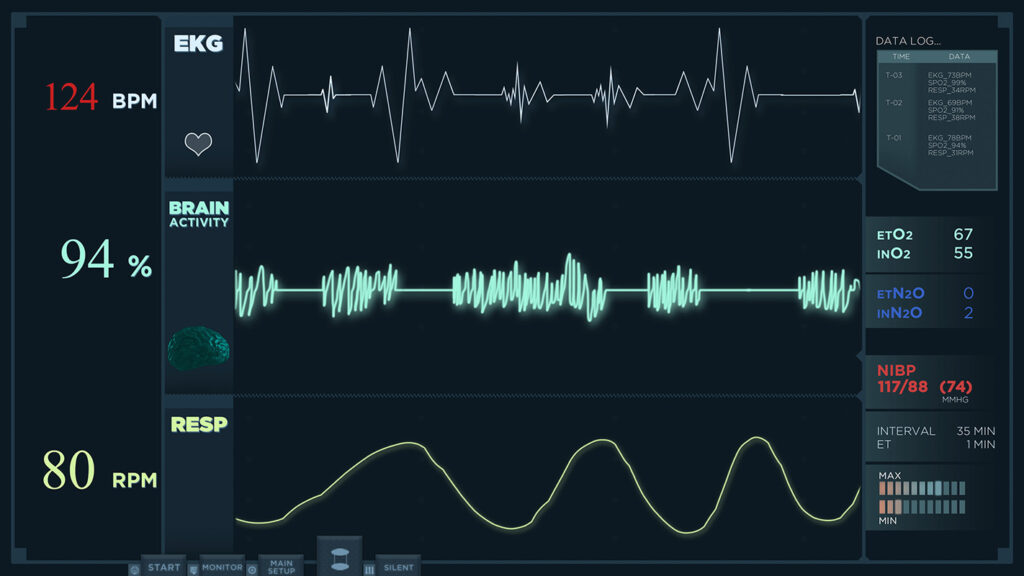
Within the diverse landscape of sports science, where continuous advancements redefine training and performance benchmarks, Heart Rate Variability (HRV) has carved out a niche as an indispensable instrument. For elite athletes striving for that extra edge, coaches fine-tuning training modules, and fitness aficionados seeking personal bests, HRV serves as a barometer for internal well-being. It does more than just measure heartbeats; it offers nuanced insights into the body’s overall readiness to endure stress, train, and its recovery trajectory. Given this rich data, the pressing question becomes: how can one harness HRV’s potential to finetune training and maximise recovery periods? This exploration aims to navigate the intricate world of HRV, shedding light on its practical implications and transformative impact on contemporary training methodologies.
Amid the myriad of metrics available to quantify health and performance, Heart Rate Variability (HRV) stands out, intricately measuring the time disparities between successive heartbeats. A common misconception is associating a regular, ‘clock-like’ heartbeat with optimal health. In reality, a higher HRV — denoting varied intervals between beats – is an emblem of a robust heart and a flexible autonomic nervous system. Conversely, a diminished HRV can serve as an early warning for undue stress, lingering fatigue, or looming health concerns. This variation stems from the interplay between the body’s parasympathetic (our calming, restorative system) and sympathetic (our emergency response, or ‘fight-or-flight’ system) branches of the autonomic nervous system. As these systems dance in tandem, they paint a vivid picture through HRV. By decoding this data, one can glean invaluable insights, tailor training regimens, and fine-tune recovery strategies, ensuring that each workout is as informed as it is intense.

Detecting Overtraining: Overtraining is a spectre that haunts many dedicated athletes, potentially leading to injuries and stagnation. Regularly tracking HRV can serve as an early detection system. A persistent trend of lower HRV values might be a sign that the body is crying out for rest, suggesting that the current training might be excessively taxing. Armed with this data, athletes can recalibrate their training regimen, dialling back on intensity or volume to stave off the debilitating effects of burnout and ensure long-term progress.
Determining Workout Intensity: HRV doesn’t just signal when to ease off; it can also spotlight golden opportunities to push harder. When HRV metrics soar, it’s often a green light from the body, indicating that it’s in a prime state of recovery. Such days could be the ideal window to tackle more challenging workouts or increase training intensity, capitalising on the body’s heightened resilience and readiness.
Gauging Recovery Needs: The aftermath of a gruelling workout can often be a guessing game: How long should one rest? When is it prudent to embark on the next session? HRV can help illuminate this path. A noticeable dip in HRV post-exercise underscores the body’s demand for recuperation. By diligently observing HRV in the ensuing days, athletes can garner a clearer picture of their recovery trajectory, ensuring they re-enter the training arena not just with enthusiasm, but with a body that’s truly ready to perform at its peak.
Active Recovery vs. Rest: HRV can serve as a valuable metric in distinguishing the type of recovery one’s body demands. A mild decline in HRV following a training session might not necessarily entail complete cessation from activity. Instead, it could be an invitation to partake in gentler, restorative activities such as light jogs, cycling, or even yoga. These activities promote circulation, aiding muscle recovery without imposing further stress. In stark contrast, a pronounced drop in HRV values could be the body’s clarion call for unadulterated rest, advocating for a day or more of relaxation to fully rejuvenate.
Stress Management: While we often associate HRV fluctuations primarily with physical strain, it’s crucial to acknowledge the profound impact of emotional and psychological stressors on these values. A chronically suppressed HRV might be echoing stresses that extend beyond the gym or track: professional pressures, personal challenges, or mental health struggles. Recognising this connection paves the way for a holistic approach to wellbeing. Integrating mindfulness practices such as meditation or guided breathing can be instrumental in alleviating this non-physical strain. In some cases, professional therapy or counselling could offer the necessary support to navigate and mitigate these stressors.
Nutrition and Hydration: The heart and its variability are sensitive to more than just muscle fatigue; what one consumes plays a pivotal role too. HRV can wane in response to dehydration or when the body is fueled suboptimally. For us, this highlights the imperative to not only train hard but also nourish wisely. Regularly comparing HRV data with dietary logs can yield fascinating insights. It can illuminate patterns, helping individuals identify specific foods or beverages that either bolster or hinder their recovery. This process of reflection and adjustment ensures that one’s nutritional intake aligns seamlessly with recovery and performance goals.

Heart Rate Variability (HRV) stands as a testament to the confluence of technology and physiology, illuminating facets of our body’s internal rhythms that were once veiled. Far from being a fleeting trend, its significance in contemporary sports science is firmly anchored in the tangible benefits it offers. As athletes and fitness enthusiasts strive for excellence, HRV serves as a barometer of the body’s nuanced responses to training stresses, recovery modalities, and even life’s everyday challenges. By integrating HRV into regular monitoring, we gain more than just numbers; we acquire a deeper understanding of our body’s symphony of signals. This knowledge empowers us to make precise, tailored adjustments to training regimens, ensuring we harness our potential while safeguarding against burnout. In the intricate dance of exertion and rest, HRV is the choreographer, orchestrating each move to lead athletes gracefully to their zenith of achievement.
Plews, D.J., Laursen, P.B., Stanley, J., Kilding, A.E., & Buchheit, M. (2013). Training adaptation and heart rate variability in elite endurance athletes: Opening the door to effective monitoring. Sports Medicine, 43(9), 773-781.
Shaffer, F., & Ginsberg, J.P. (2017). An overview of heart rate variability metrics and norms. Frontiers in Public Health, 5, 258.
Thayer, J.F., Åhs, F., Fredrikson, M., Sollers, J.J., & Wager, T.D. (2012). A meta-analysis of heart rate variability and neuroimaging studies: Implications for heart rate variability as a marker of stress and health. Neuroscience & Biobehavioral Reviews, 36(2), 747-756.
Michael, S., Graham, K.S., & Davis, G.M.O. (2017). Cardiac autonomic responses during exercise and post-exercise recovery using heart rate variability and systolic time intervals—A review. Frontiers in Physiology, 8, 301.
Stanley, J., Peake, J.M., & Buchheit, M. (2013). Cardiac parasympathetic reactivation following exercise: Implications for training prescription. Sports Medicine, 43(12), 1259-1277.
Join our community and never miss out on the latest updates and insights in physical training and personal development. By subscribing to our Spectre Performance newsletter, you’ll receive regular, curated content that keeps you informed on all things lifestyle and performance.

